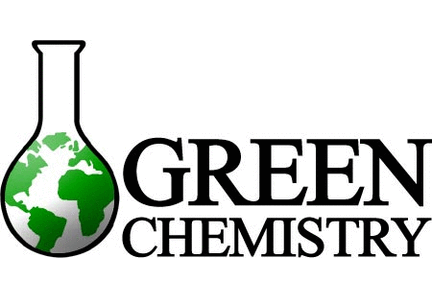Sustainable chemicals and plastics dominated the winners of the Green Chemistry Challenge Awards, including a bioplastic made with the help of E. coli and an acrylic paint that utilizes recycled water bottles.
June 20, 2011
Sustainable chemicals and plastics dominated the winners of the Green Chemistry Challenge Awards, including a bioplastic made with the help of E. coli and an acrylic paint that utilizes recycled water bottles. The 16th edition of the awards comes during the 2011 International Year of Chemistry and the 20th anniversary of the Environmental Protection Agency's efforts in to create "green chemistry".
An independent panel of technical experts convened by the American Chemical Society Green Chemistry Institute selected the 2011 winners from "scores" of nominated technologies. Over the course of the program, the EPA has received more than 1400 nominations and awarded 82 winners. The agency estimates that winning technologies have reduced the use or generation of more than 199 million lb of hazardous chemicals, saving 21 billion gallons of water, and eliminating 57 million lb of carbon dioxide releases to the air.
Green Chemistry Award
The 2010 Award winners are:
BioAmber Inc. (Plymouth, MN): Integrated Production and Downstream
Applications of Biobased Succinic AcidIn its description of BioAmber's accomplishment, the EPA noted that succinic acid is a true "platform molecule" that had been previously hindered by the high cost of producing succinic acid from fossil fuels. BioAmber's technology creates succinic acid that is renewable and lower cost by combining an E. coli biocatalyst licensed from the Department of Energy with a novel purification process. BioAmber says its process uses 60% less energy than succinic acid made from fossil fuels, offers a smaller carbon footprint, and costs 40% less.
Genomatica (San Diego, CA): Production of High-Volume Chemicals from
Renewable Feedstocks at Lower CostGenomatica has developed a microbe that makes 1,4-Butanediol (BDO) by fermenting sugars. When produced at commercial scale, Genomatica says its Bio-BDO will be less expensive, require about 60% less energy, and produce 70% less carbon dioxide emissions than BDO made from natural gas. Genomatica is partnering with major companies to bring Bio-BDO to the market, including use as a building block for polybutylene terephthalate, polyester, and polyurethane.
Kraton Performance Polymers Inc. (Houston, TX): Nexar Polymer
Membrane TechnologyKraton Performance Polymers Inc.'s Nexar polymer membrane technology represents a family of halogen-free, high-flow, polymer membranes made using less solvent. The membranes can be used in purification of salt water by reverse osmosis. The EPA said a reverse osmosis plant using Nexar membranes can purify hundreds of times more water than one using traditional membranes, while saving 70% in membrane costs 50% in energy costs.
The Sherwin-Williams Co. (Cleveland, OH): Water-based Acrylic
Alkyd Technology
Sherwin-Williams developed water-based acrylic alkyd paints with low VOCs (volatile organic compound) that can be made from recycled soda bottle plastic (PET), acrylics, and soybean oil. These paints reportedly combine the performance benefits of alkyds and low-VOC content of acrylics. In 2010, Sherwin-Williams manufactured enough of the new paints to eliminate more than 800,000 lb of VOCs.Professor Bruce H. Lipshutz, University of California, Santa Barbara:
Towards Ending Our Dependence on Organic SolventsThe researcher says his group's work on micellar catalysis can "get organic solvents out of organic reactions." To achieve this goal, "designer" surfactants are being developed, with all reactions done in water at room temperature.
BioAmber said in its own release that its technology produces succinic acid that can compete on cost with fossil-fuel derived succinic acid when oil prices are well below $40 per barrel. The technology also sequesters carbon dioxide rather than emitting it. BioAmber recently announced its plans for its first large-scale production facility for biobased succinic acid that will be used to create a portfolio of renewable chemicals and polymers, including modified polybutylene succinate (mPBS). The company describes this bioplastic as a novel high-temperature biopolymer that is also biodegradable.
Kraton noted that in addition to aiding the development of water-management systems through contaminant removal, its Nexar product can also be used to improve the performance and efficiency of energy recovery ventilation systems in industrial, medical, commercial, and residential applications by reducing demand loads on HVAC systems and improving indoor air quality.
Kraton said its existing Nexar materials are the first grades in a developing family of sulfonated block copolymers. The polymer architecture reportedly demonstrates outstanding capabilities, whether it's used to coat or laminate a substrate, or is cast as a pure membrane film.
About the Author(s)
You May Also Like


